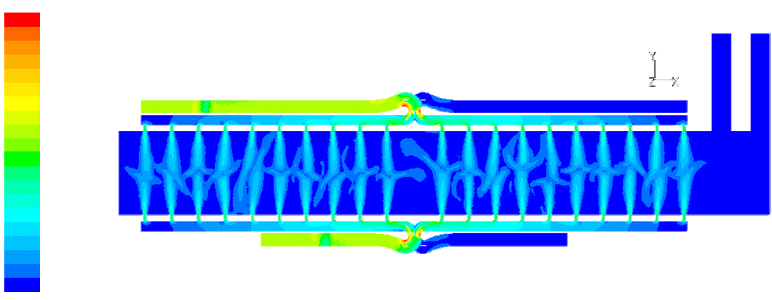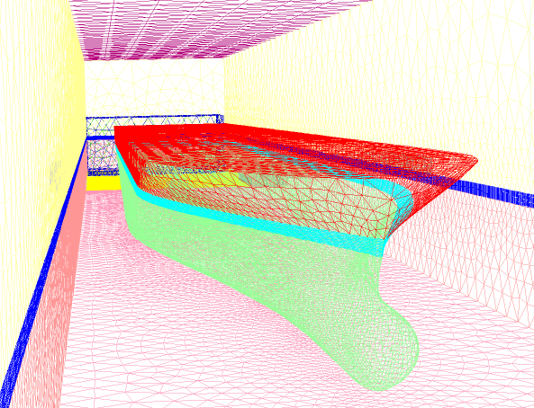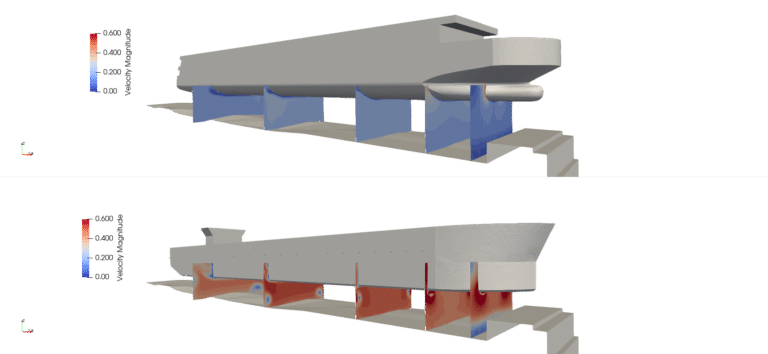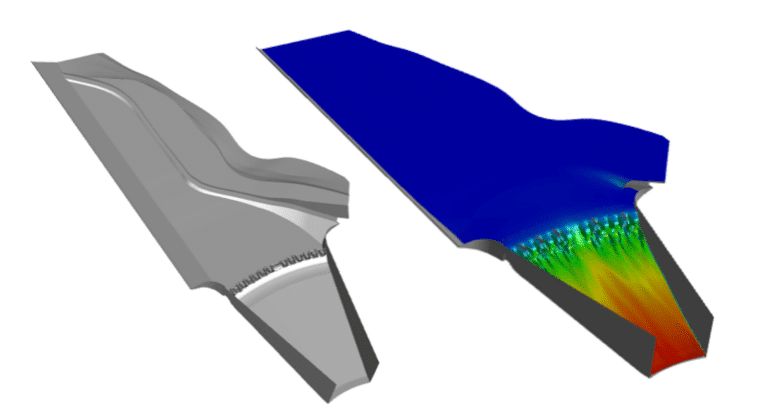Context
Locks enable boats to change elevation while navigating a river or canal. During the ascent and descent phases, large quantities of water are displaced in the shortest possible time. To avoid endangering the integrity of the boat and the lock, the displacement of the surface of water must be a perfect translation.
The Panama Canal is no exception to the rule: three sets of locks, divided into 6 stages, take ships from the level of the Pacific to the level of Lake Gatun, then back to the level of the Atlantic ocean. Each chamber is 33.5 m wide and 320 m long, with a maximum vertical drop of 25.9 m, and requires 101,000 cubic metres of water for filling and emptying.





